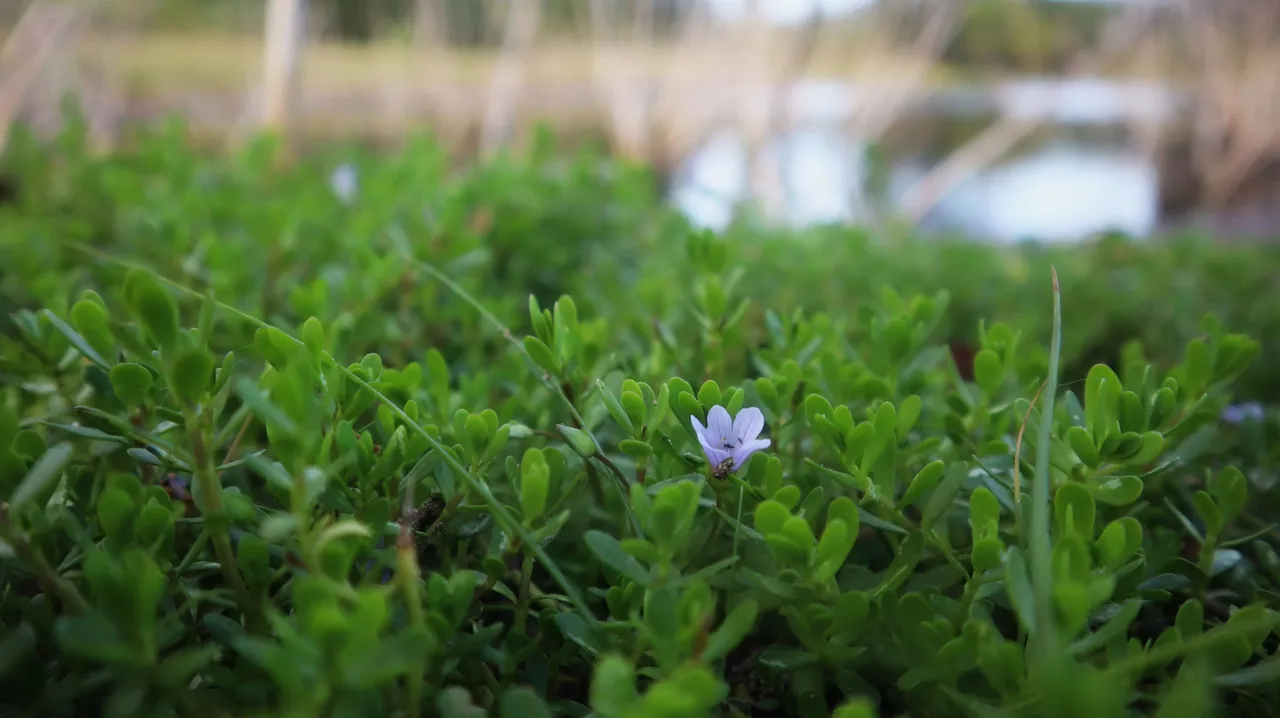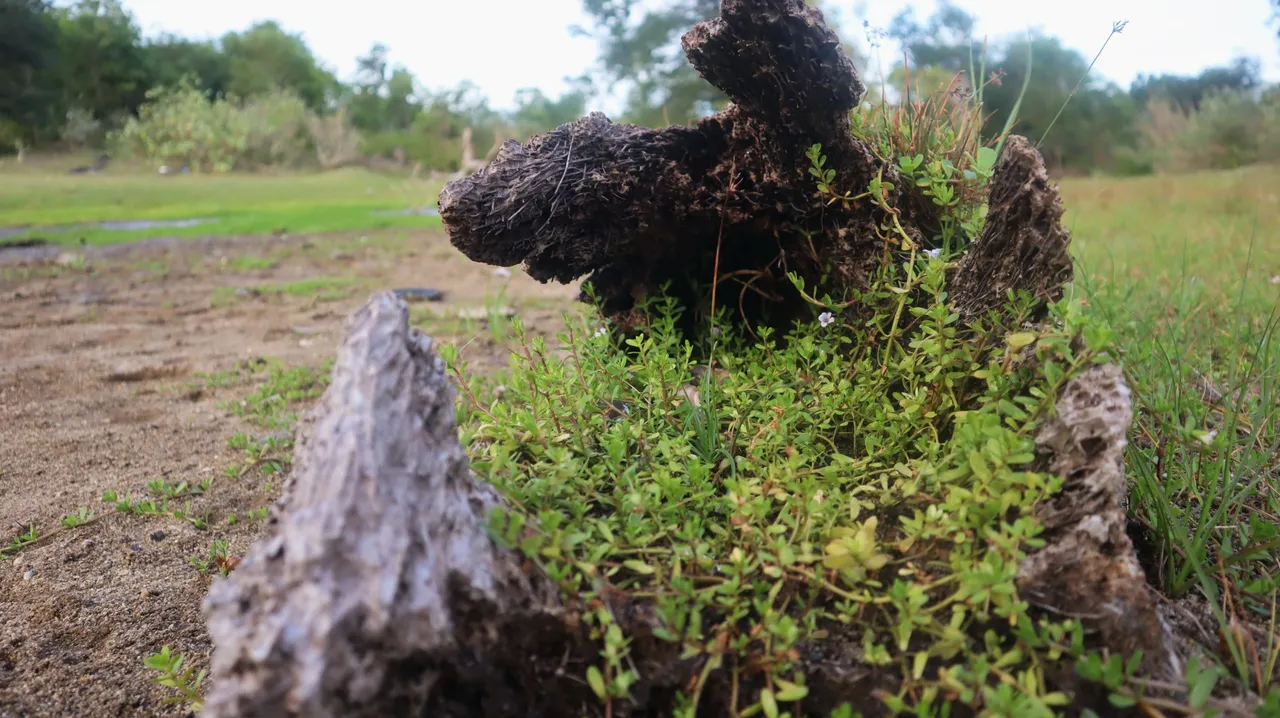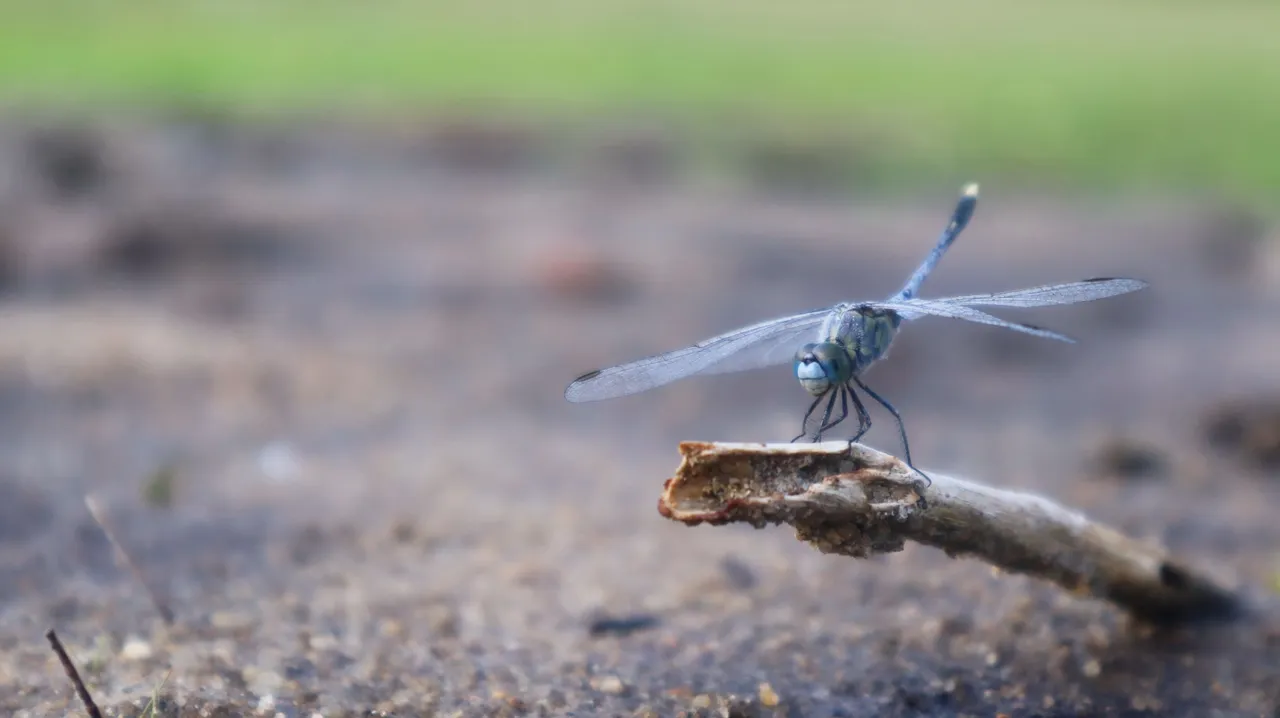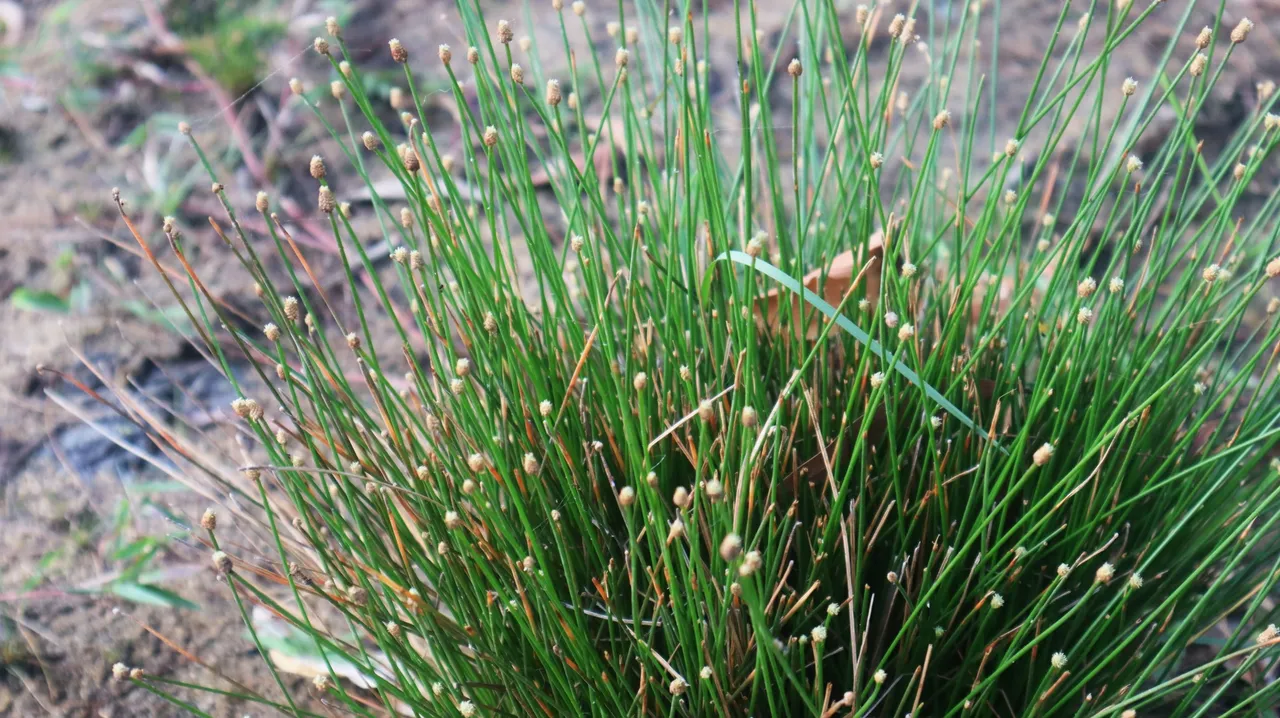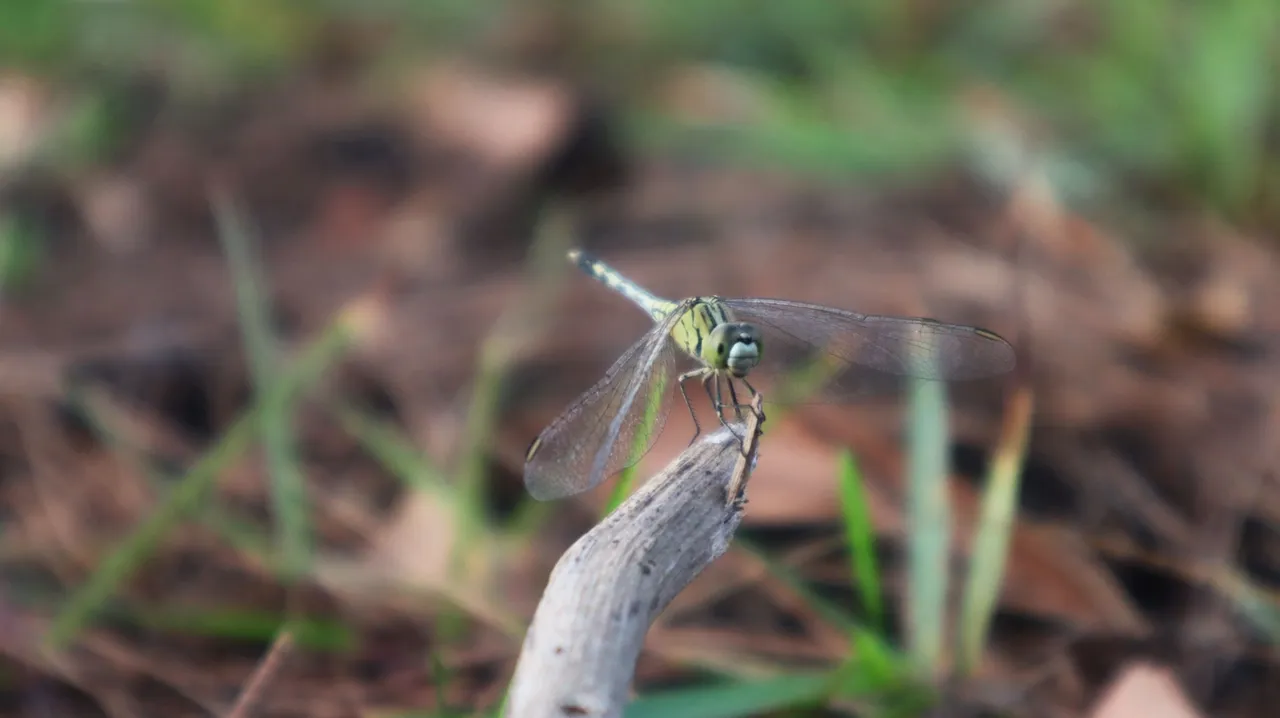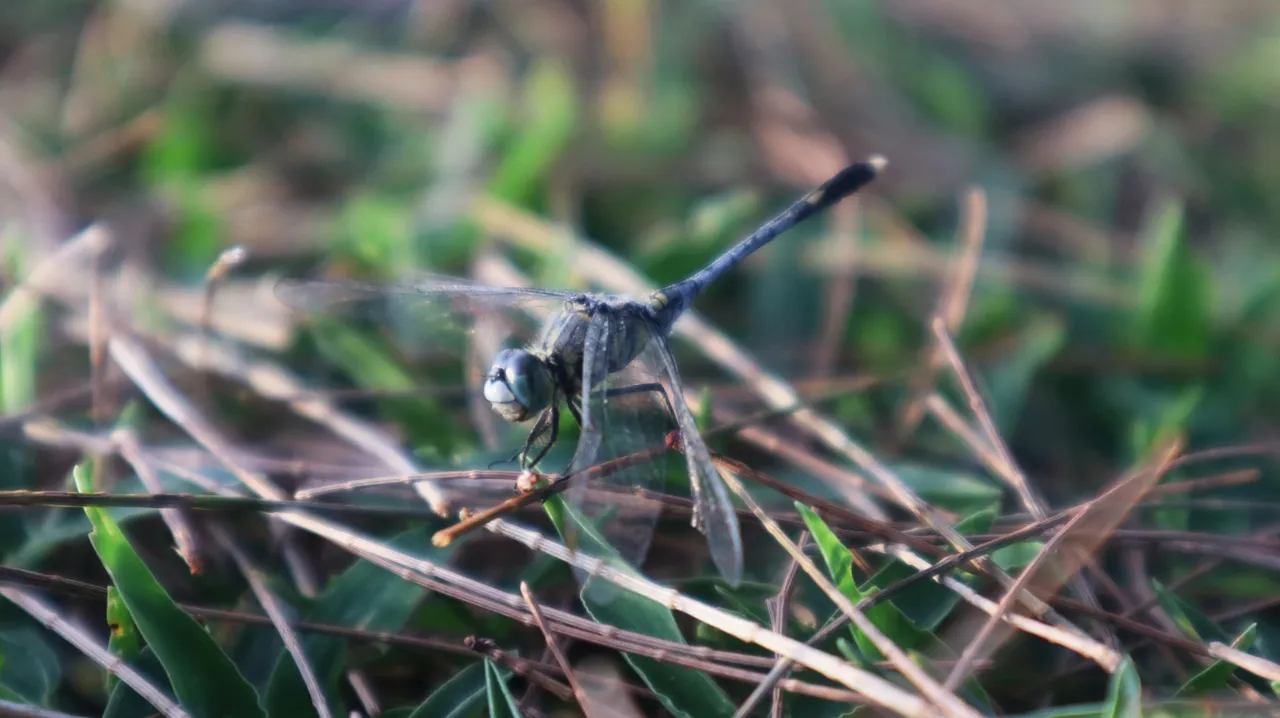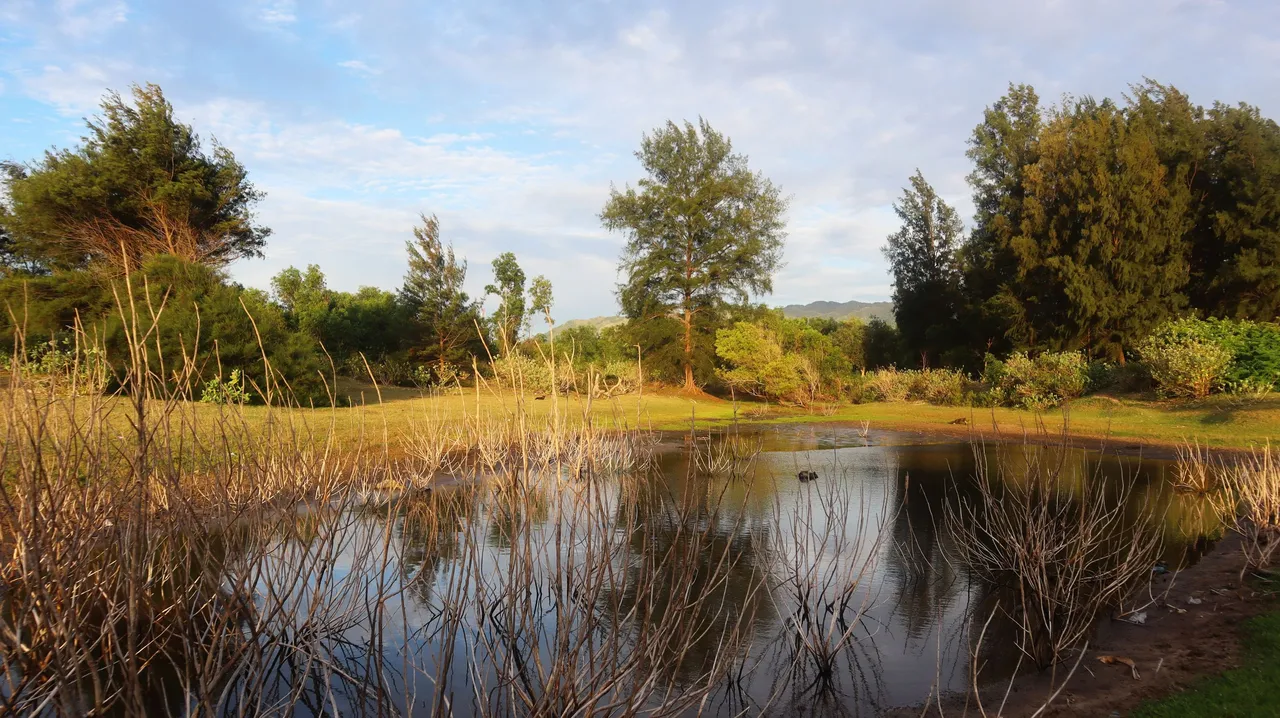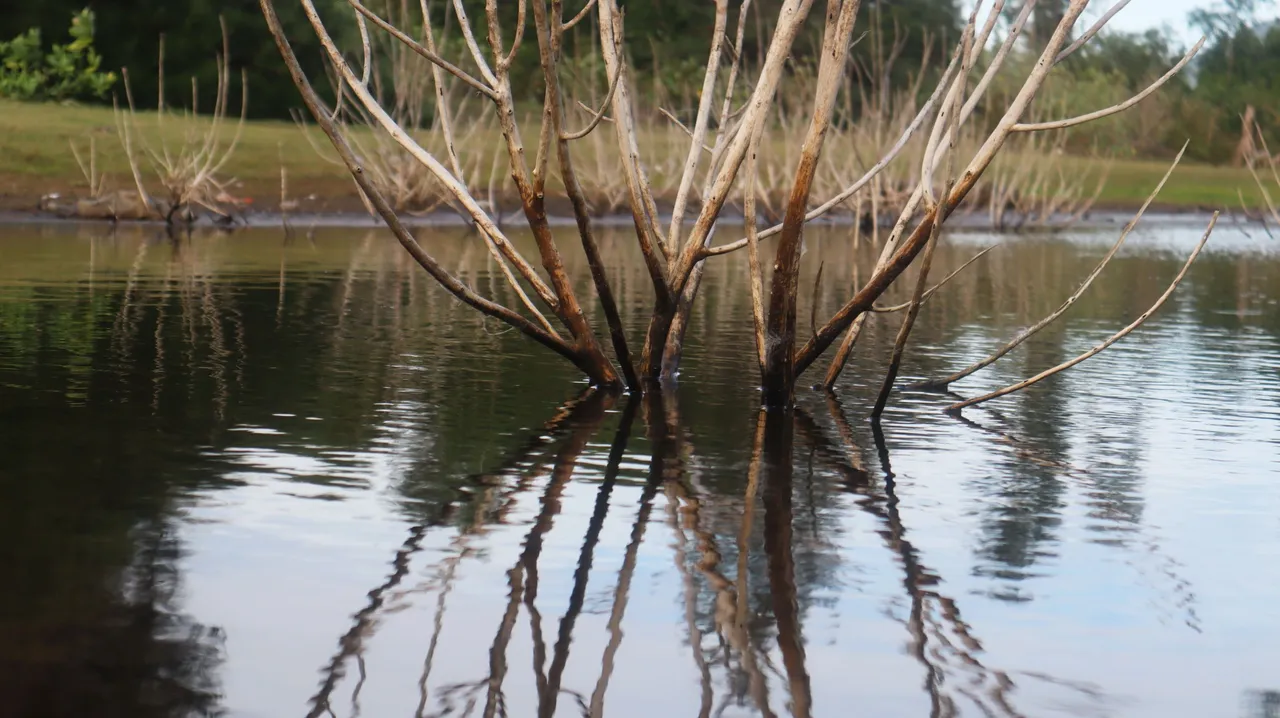
A puddle can be seen near the shore. Or actually it is still in the seaside area. Between the puddle and the sea are only separated by sand dunes. It is not impossible if at any time high tide waves can inundate the location where the puddle is located. But I don't think that the current standing water is sea water, on the contrary, the standing water actually comes from rainwater.
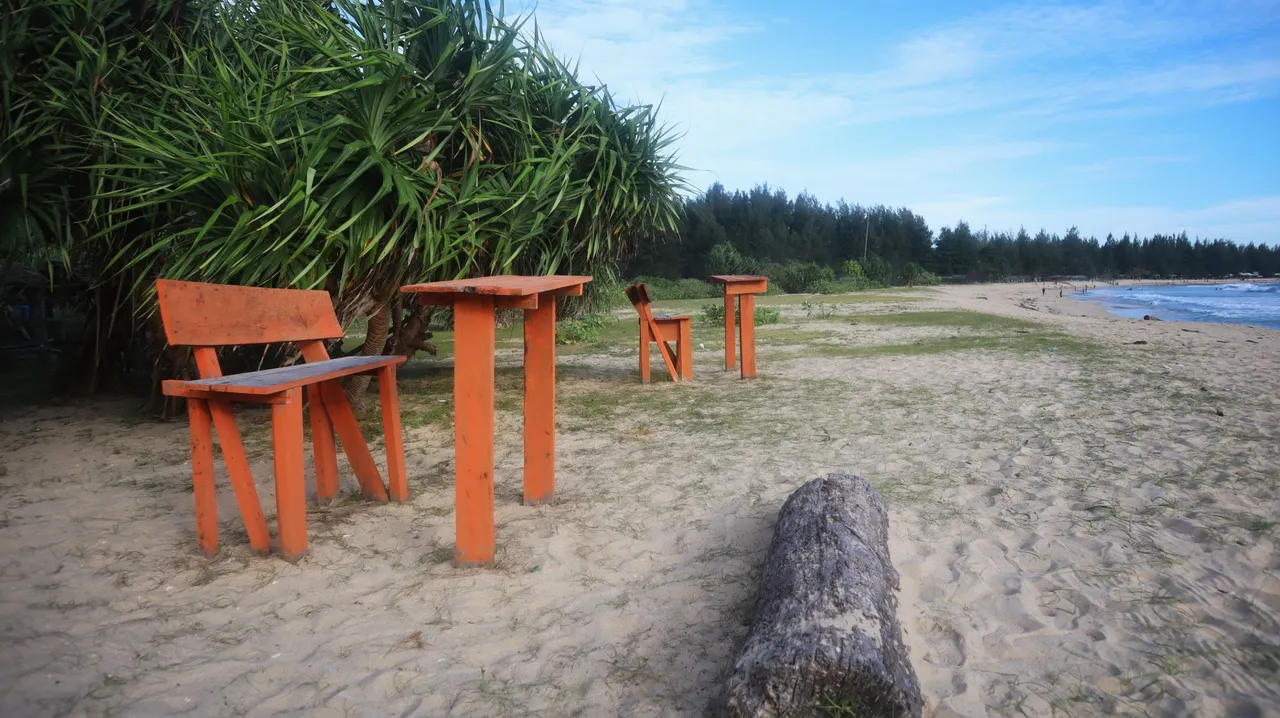

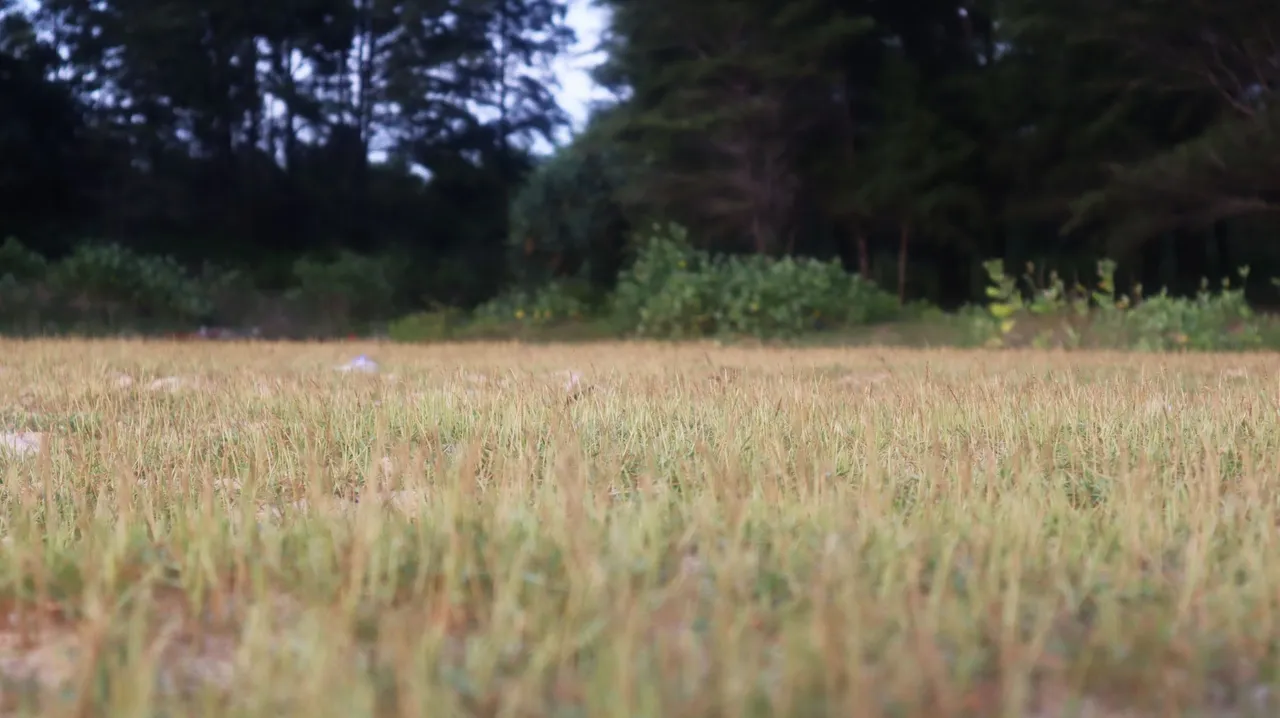
Towards the wood at the upstream seashore.
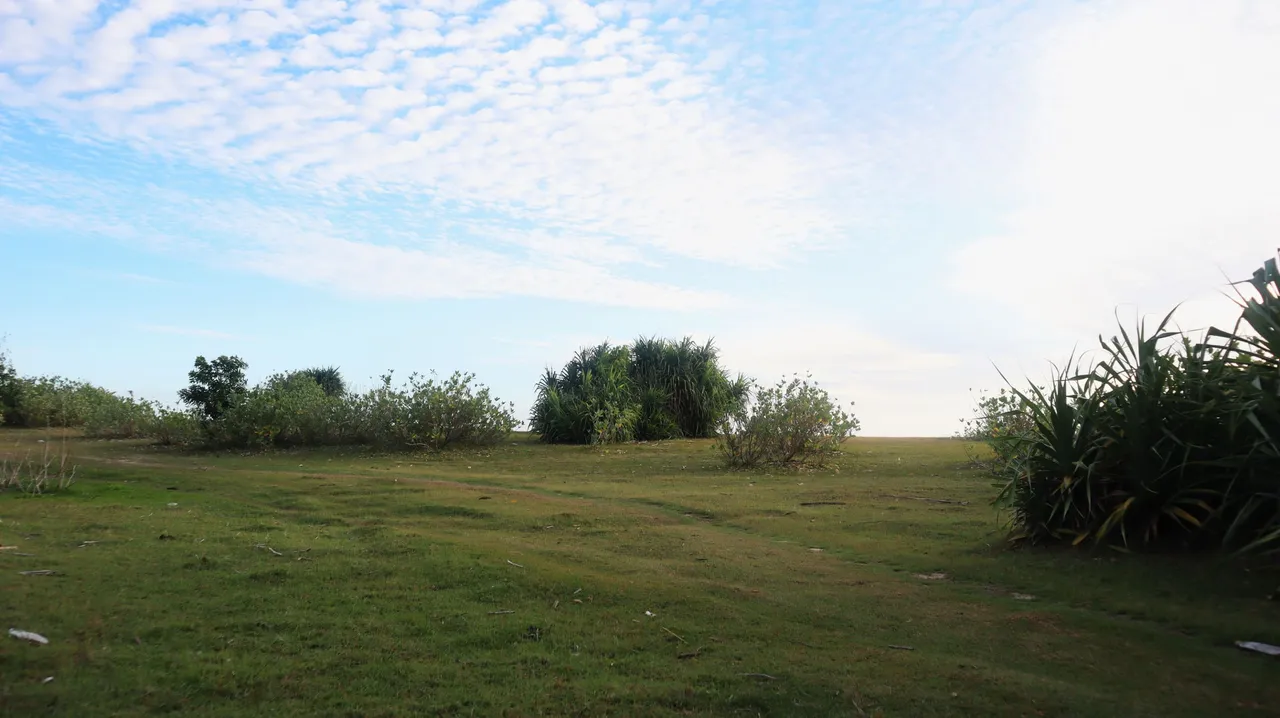
The dunes between the puddle and the seashore.

The first thing that caught my attention with the puddle was that I saw dead, dry plants. My best guess is that the dead plant is the crown flower or Calotropis gigantea. The crown flower has the ability to grow in various places in the low and highlands. But of course it will not be able to withstand salinity. It will be like "burning" and dying.
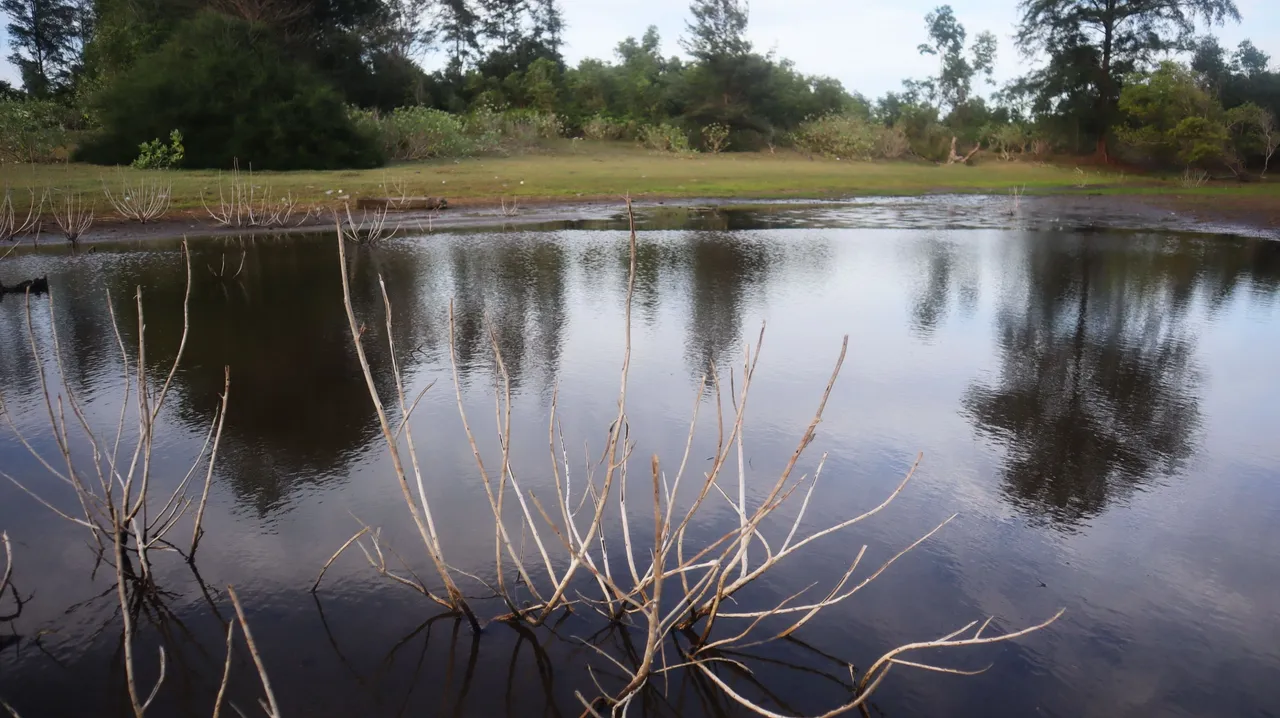
Another thing that further convinced me that the view was caused by salinity, or in other words, once in a while some time ago, the rising tide had reached that location and was inundated there, is because I also found very many freshwater snail shells scattered there. Apparently, the freshwater snails were also wiped out when sea water was inundated in their habitat. They cannot withstand salinity, and in the end, only their shells are left there.
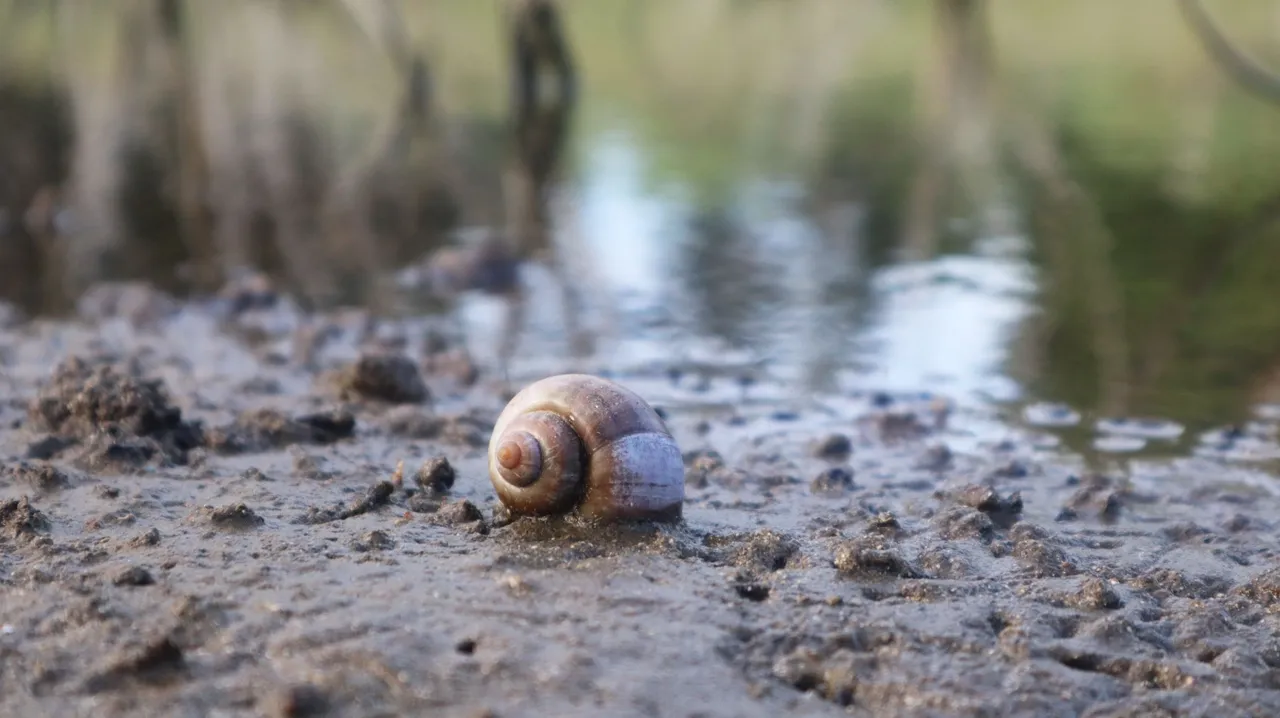
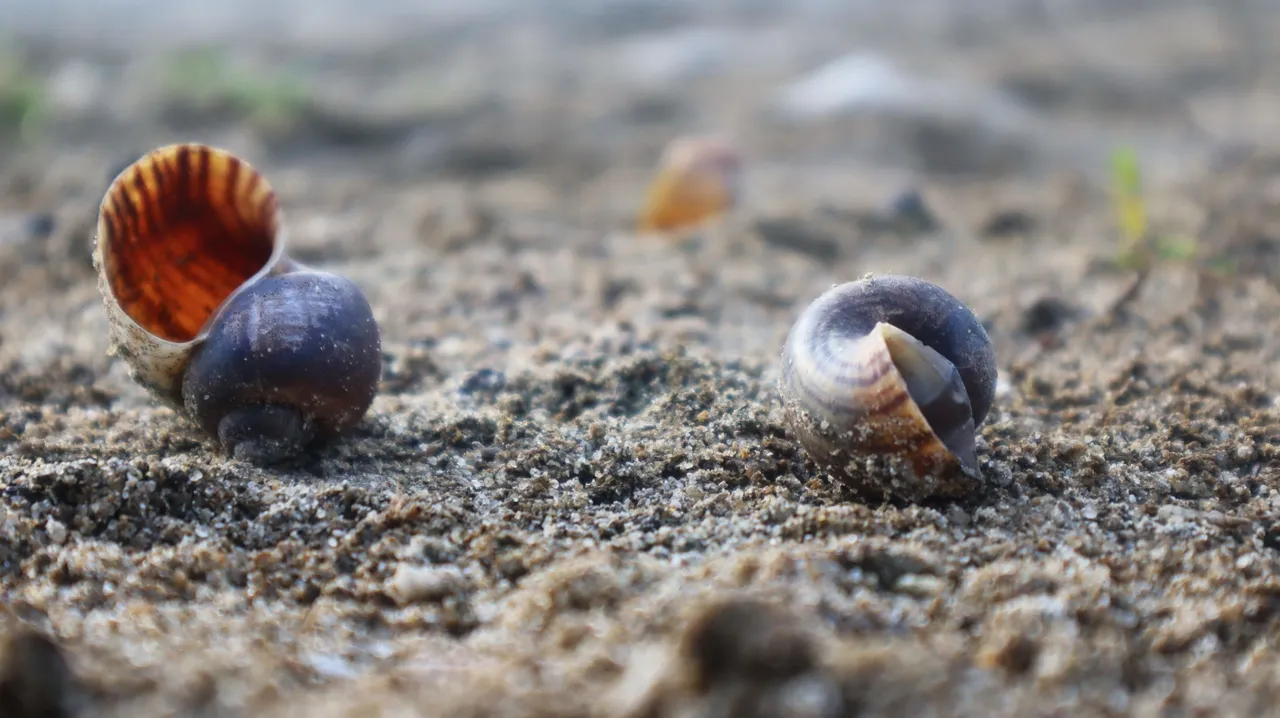
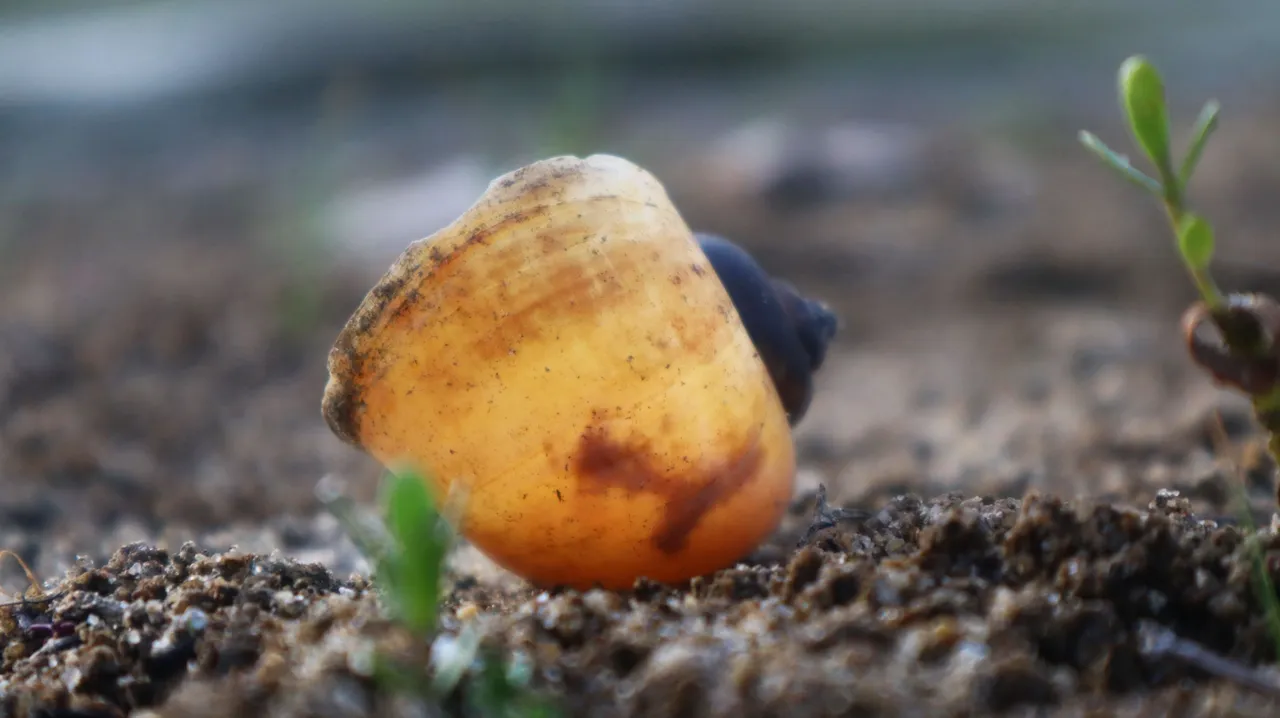

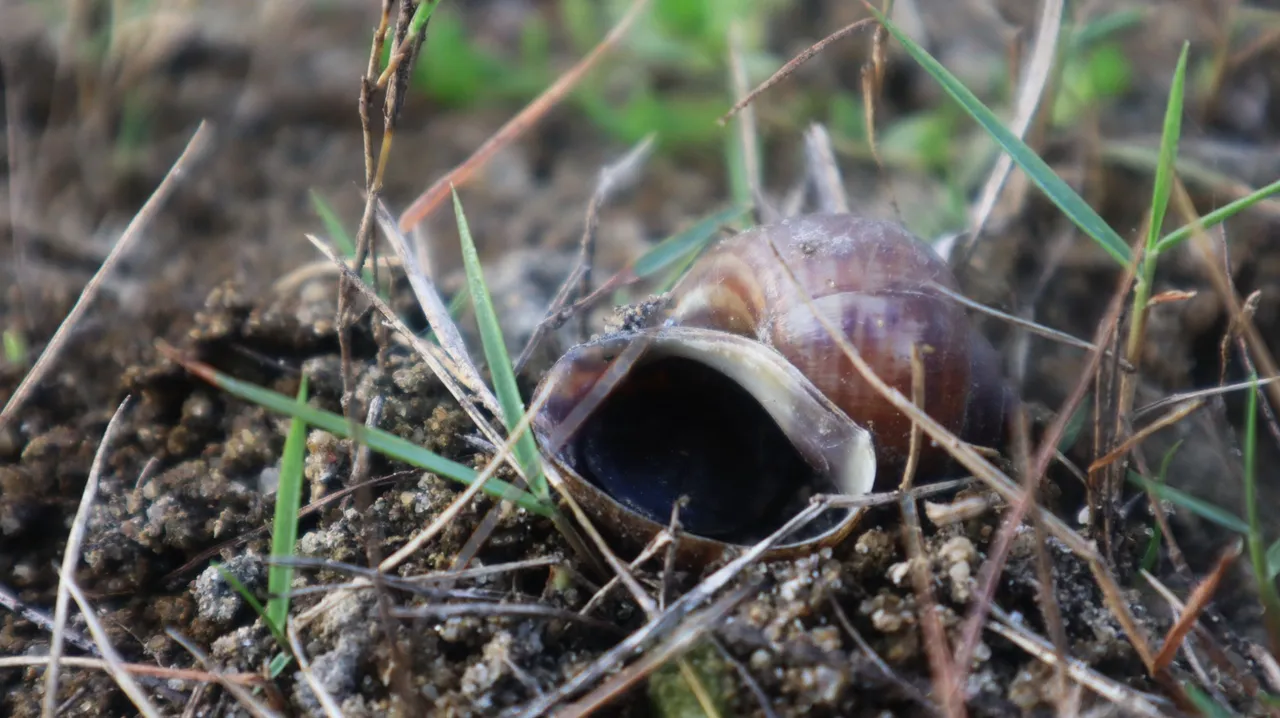
However, life there began to recover since fresh water flooded there again. Organisms incompatible with salt water began to appear there. Plants that could attract insects appeared to have grown there. And, dragonflies began to fly around the puddle. Their presence there is of course because the place provides a diet for them. And maybe one day the freshwater snails will also be there again.
